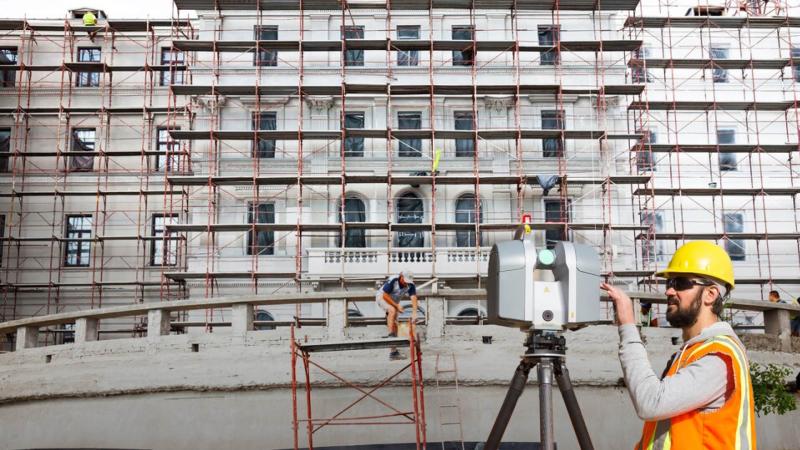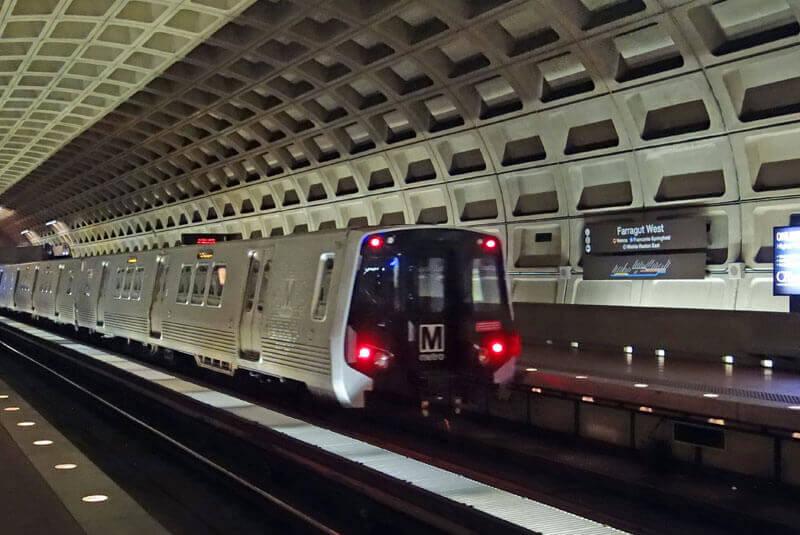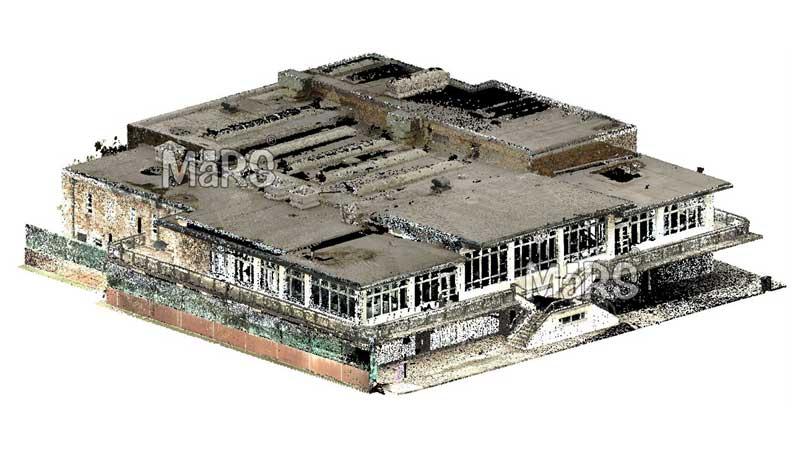Structural Scan to BIM: A Game-Changer for Accurate As-Built Models
In the architecture, engineering, and construction (AEC) industries, accuracy is paramount. For any project, particularly in retrofits, renovations, or expansions, having reliable and detailed as-built information is crucial. Traditional methods of collecting this data often fall short in terms of precision, time efficiency, and cost-effectiveness. Enter Structural Scan to BIM (Building Information Modeling)—an innovative technology that has revolutionized the creation of accurate as-built models.
This blog explores how Structural Scan to BIM services are transforming the AEC industry by providing highly detailed and precise 3D models that ensure better project outcomes, reduce risks, and streamline workflows.
What is Structural Scan to BIM?
Structural Scan to BIM services refers to the process of capturing accurate 3D representations of an existing structure using laser scanning technologies, such as LiDAR or 3D laser scanners. These devices capture millions of data points—referred to as a point cloud—that represent the structure's surfaces, forms, and dimensions. Once collected, this point cloud data is processed and converted into a detailed, accurate BIM model using software like Autodesk Revit or similar platforms.
The result is a highly accurate digital replica of the structure, providing valuable insights for project planning, renovations, facility management, and more.
How Structural Scan to BIM Benefits As-Built Models
Accurate as-built models are essential for a variety of project types, including renovations, retrofits, and facility management. Structural Scan to BIM services bring significant advantages in creating these models, including:
Precision and Accuracy
Unlike traditional surveying methods, which often rely on manual measurements and legacy documentation, laser scanning captures every detail of the structure with extreme precision. This helps eliminate discrepancies between actual site conditions and historical plans, minimizing errors in the as-built model.
Time and Cost Efficiency
Manually documenting structural details can be time-consuming and prone to errors. Structural Scan to BIM drastically reduces the time required to collect data and produce models. The laser scanning process is swift, capturing all relevant details in a single pass. This helps lower project costs by reducing the need for multiple site visits and avoiding costly rework due to inaccurate measurements.
Comprehensive Documentation
By using point cloud data, Structural Scan to BIM captures every surface and feature of the building. This results in a detailed, 3D representation of the structure that goes beyond what traditional 2D drawings can offer. Comprehensive documentation helps stakeholders visualize and understand existing conditions more effectively.
Improved Collaboration and Coordination
With accurate as-built models, teams can collaborate more effectively. Designers, engineers, and contractors can work from the same up-to-date digital representation, identifying potential issues early and making informed decisions during the design and construction phases. This improves coordination between disciplines and reduces the likelihood of clashes during construction.
Enhanced Project Planning and Execution
Accurate BIM models generated from laser scans allow for better project planning and execution. For renovations or retrofits, having a reliable as-built model reduces unknowns and risks, enabling more efficient scheduling, material planning, and cost estimation.
Applications of Structural Scan to BIM for As-Built Models
Renovations and Retrofits
For renovation projects, having an accurate as-built model is essential. Structural Scan to BIM captures the real-time state of the structure, ensuring that any design modifications or upgrades are based on accurate information, leading to smoother execution and fewer surprises on-site.
Historical Building Preservation
Preserving historical structures requires careful documentation of existing conditions. Structural Scan to BIM allows for precise recording of architectural and structural elements without causing damage to the original building. This ensures that restoration work maintains the building’s integrity while making necessary updates.
Facility Management
For facility managers, having an accurate BIM model is invaluable. These models help in maintaining and managing building systems efficiently. The digital twin created by Scan to BIM can be used to monitor structural health, plan maintenance, and manage facility operations, reducing downtime and extending the building's lifespan.
Clash Detection in Complex Projects
For large-scale construction projects involving multiple disciplines (e.g., structural, MEP, and architectural), an accurate as-built model aids in detecting clashes before construction begins. Early identification of design conflicts allows for timely resolutions, preventing costly rework and delays.
Challenges and Solutions in Structural Scan to BIM
Despite the clear advantages, there are some challenges when implementing Structural Scan to BIM services, including:
Managing Large Data Sets
Laser scanning generates a massive amount of data, which can be difficult to process and manage. However, advanced software tools are designed to handle these large point clouds efficiently, allowing for the seamless conversion into usable BIM models.
Complex Geometries
For structures with complex or irregular geometries, creating accurate models can be a challenge. Skilled BIM professionals and advanced software tools are necessary to interpret point cloud data and create precise digital representations.
Software and Hardware Integration
Ensuring that the right hardware (laser scanners) and software (BIM tools) work together smoothly is key to a successful Structural Scan to BIM process. Choosing the right technology partners can help mitigate these issues, ensuring that the scan-to-BIM workflow is efficient and productive.
Best Practices for Structural Scan to BIM Implementation
To ensure successful outcomes, consider the following best practices when utilizing Structural Scan to BIM services:
- Use High-Quality Scanning Equipment: Ensure the use of top-tier laser scanners for accurate data capture.
- Work with Experienced BIM Specialists: Engage professionals who are skilled in converting point cloud data into accurate BIM models.
- Plan the Scanning Process: Plan scanning activities based on the project's needs, ensuring that all relevant areas of the structure are covered.
- Regularly Validate the BIM Model: Continuously check the accuracy of the model against the point cloud to ensure that it reflects the actual site conditions.
Conclusion
Structural Scan to BIM services have transformed the way the AEC industry approaches as-built modeling. With increased accuracy, efficiency, and collaboration, this technology ensures better project outcomes, minimizes risk and reduces project costs. Whether for renovations, retrofits, or new construction, the benefits of Structural Scan to BIM are clear—it's a game-changer for modern architecture and construction.
By adopting Structural Scan to BIM technology, stakeholders can ensure that their projects are based on reliable, accurate data, paving the way for more efficient and successful builds.






Comments